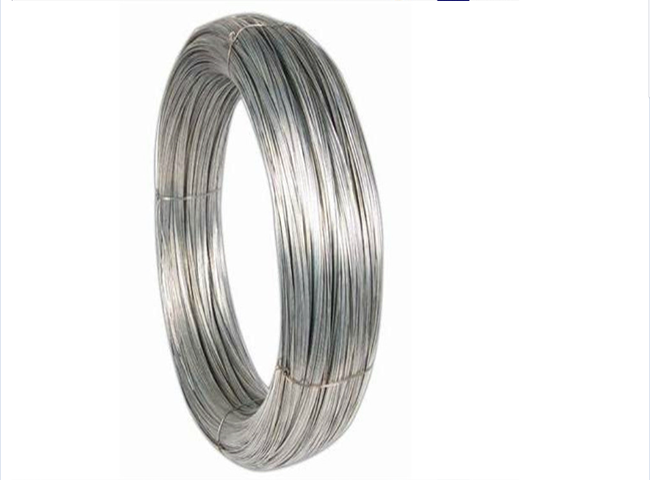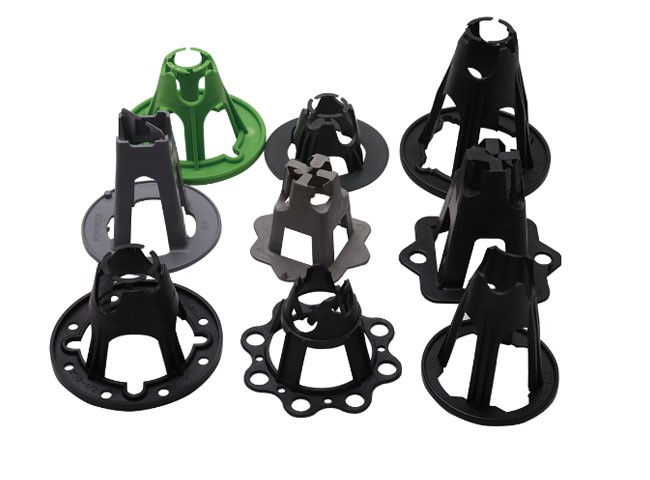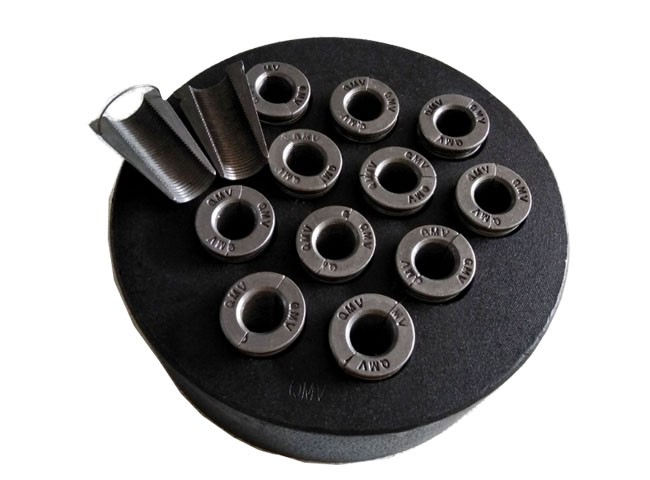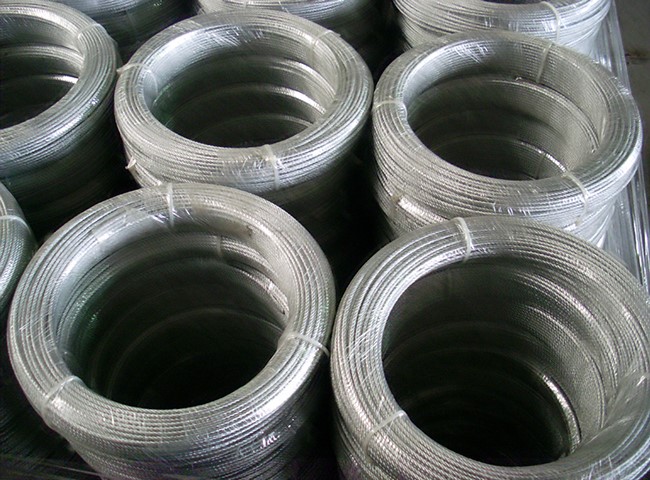Post-Tension overview
Post-Tension Materials provide advantages over convention designs (rebar & concrete) and pre-cast structures for several reasons. Concrete is very weak in tension but extremely strong in compression. Post-tensioning acts on the concrete structure or elements by compressing the cast-in-place concrete to high pressures. Some advantages of post-tensioned concrete include crack control and lower construction costs.
Post-tension materials (PT) can provide thinner slabs and is especially important in high rise buildings in which floor thickness savings can translate into additional floors for the same (or lower) cost. PT can optimize constructability by having fewer joints since the distance that can be spanned by post-tensioned slabs exceeds that of reinforced construction with the same thickness. Architects like having a PT option since increased span lengths also increases the usable floor space in buildings and provides more parking spaces in garages. Post-tensioning has advantages over pre-cast since it has lower maintenance costs over the life-cycle of the structure. Architectural shapes other than rectangles give post-tensioning an advantage over pre-cast, as well, since strands in cast-in-place construction can be curved or swept into place.
Post-tension systems use high strength steel strands that are comprised of seven individual wires spiraled together tightly. The most common diameter of the strands are 0.5” and 0.6”. These strands are stressed under high forces and an anchoring device, along with wedges, clamp down on the strand to retain the force applied while stressing. These anchorages help to distribute these forces into the concrete resulting in the desirable concrete compression.
There are basically two types of post-tension system categories – “Bonded Multi-strand” and “Un-bonded Mono-strand”. Both types have a wide range of uses and applications. Another post-tensioning material is the PT Threaded Bar. It is a piece of steel rod that has threads that are cold-rolled into the rod. These bars can be stressed and anchored similar to the strands.
Utilizing post-tension materials in designs and construction is a very economical choice. PT designs lend themselves to speedier construction and easier installations.




